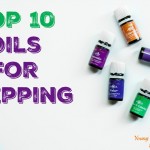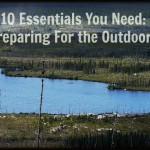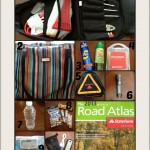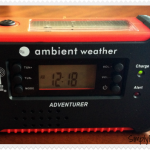Snowy and cold has been the forecast for my state this year, with the Northern part of Utah digging out from under 28 inches of the greatest snow on earth, even as I type. We are at about 150% of average snow fall here, with more on the way. This is a big change from the last several years of drought, prompting me to compile a list of the best posts on Simply Preparing on … [Read more...] about Surviving Winter Storms: A How To Guide
Survival Gear
Top 10 Oils For Prepping
If you don't yet have a stash (or a hoard) of essential oils, now is the time to start stocking up. Things are changing in our ability to access health care and you want to be able to take care of your family in non traditional ways. To that end, here is the top 10 oils for prepping and how to start building your stockpile of essential oils. Unfortunately there are so many … [Read more...] about Top 10 Oils For Prepping
Preparing for the Outdoors: The Ten Essentials
If you are planning to spend any amount of time outdoors, it is critical that you make sure you are prepared for anything. Recreational activities like camping, hiking, and backpacking are great in order to get out and enjoy nature, and they can be fun for the whole family! However, emergency situations can and do happen in the wilderness, and if you are miles from … [Read more...] about Preparing for the Outdoors: The Ten Essentials
How To Make An Emergency Road Trip Kit
An emergency road trip kit can make or break a family trip. Besides the essentials for a mechanical or health emergency, an emergency road trip kit should contain things that make your family comfortable and happy in case of the little bumps along the road, like unexpected delays or fun side stops. Remember: prepping is about preparing for both the little things and the big … [Read more...] about How To Make An Emergency Road Trip Kit
Emergency Radio Review: Ambient Weather WR-111A
An emergency radio is an essential part of every households disaster and emergency preparedness supplies. I decided to do a video review of my new favorite emergency radio after purchasing the Ambient Weather WR-111A from Amazon. I hope it helps some of you looking for a new model or gets you thinking about buying your first! For roughly $40 this one can't be beat in my … [Read more...] about Emergency Radio Review: Ambient Weather WR-111A





